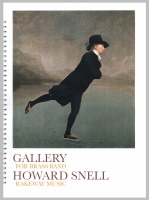Gallery
| Compositeur |
Snell Howard |
|---|---|
| Difficulté |
6 = très difficile _ sehr schwer _ Very Difficult |
| Formation |
Brass Band |
| Type musique |
Competition Pieces Excellence |
| Extrait PDF | Afficher |
The title ‘GALLERY’ refers to six pictures, four of them by Scottish artists. Each picture has a movement, in addition to which there is a very short introduction. They are all linked, though there are short gaps between each movement, the lengths of which are at the conductor’s discretion.
Duration: Gallery complete is 20 to 20 minutes 30 seconds long. It can be played without Movement 4, The March Back to Camp, in which case the duration would be 15 to 16 minutes.
The first part of each title given below is the composer’s, the second part is of the picture’s actual title with its painter:
1: Entrance No picture – the visitor approaches the Gallery
2: Street Market The Barras by Paul Cox
3: The Skater’s Waltz The Reverend Robert Walker skating on Duddingston Loch by Henry Raeburn
4: The March Back to Camp Gassed by John Singer Sargent
5: Love Story Old Couple by Caitriona Campbell
6: Cut-Outs Jazz, text and illustrations by Henri Matisse
7: Landscapes Two Views from Ben Lomond (looking South~West and looking North-West) by John Knox
One of Scotland’s best known paintings (Mvt N°3) by Henry Raeburn is there. John Knox of Paisley depicts two views (treated as one) from Ben Lomond (Mvt N°7), while Caitriona Campbell presents Mvt ll°5. The three other painters are John Singer Sargent, an American, whose large picture ‘Gassed’ (Mvt ll°4) is from World War 1 – a French artist, Henri Matisse, with a collection of cut- outs that decorate his book entitled ‘Jazz’ (Mvt N°6) – and an Englishman Paul Cox, with an affectionate watercolour snap of the Barrowland Market, Glasgow (Mvt N°2).
The composer’s thanks go to The Scottish Brass Band Association for entrusting him with this commission, particularly Peter Fraser and Alan Edmonds. GALLERY is dedicated to two Scottish musicians: Bert Mackay, from Paisley, who, in the composer’s words “taught me the value of determination and hard graft. » The second, John Erskine, of the Royal Scottish Junior Academy, “with whom I studied piano for two years, » writes the composer. “The latter, very sparing of praise but generous of time and insight, opened my young ears to the great composers and what they were saying. »
The Score is set out in four groups: from top to bottom they are left, right, centre, rear. Adjudicators will understand that the seating plan is an essential musical requirement for this piece, for which it has been specifically scored. The one element of flexibility at the conductor’s discretion, is the freedom to re~seat players within the Left and Right Groups. There are, however, to be no transfers of seating between the Left and Right groups, which must remain quite separate. The centre group must be set as specified, but the conductor may re-assign percussion parts according to players’ specialities.
The Percussion Section Parts contain music for instruments as follows:
Player 1—Tirnpani: 4 Timpani (All notes under the glissandi signs are to be struck.)
Player 2-Percussion 1: Side Drum, Rute (twigs), Bass Drum (Large), Sleigh Bells, Marimba, 3 Bongos, Clash Cymbals.
Player 3—Percussion 2: 1 Cowbell, 1 Wood Block (Low), Whip, Clash Cymbals, Glockenspiel, Chime/Tubular Bell (low D), Gong (Large), 2 Congas, 1 pedal Bass Drum
Player 4-Percussion 3: Xylophone, Vibraphone, 2 Suspended Cymbals (One Large, One Small),Gong (Large), 1 Cowbell, 1 Triangle (One Large, One Small), Hi-Hat.




